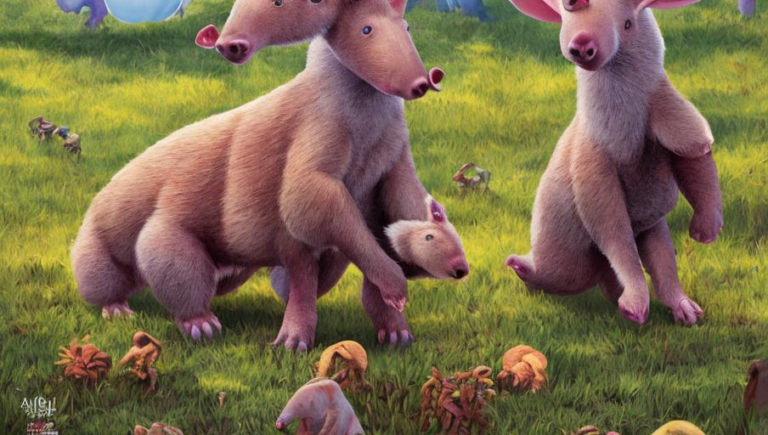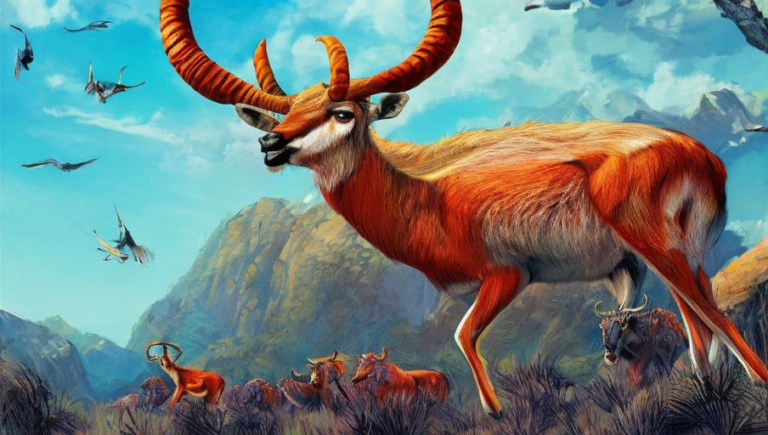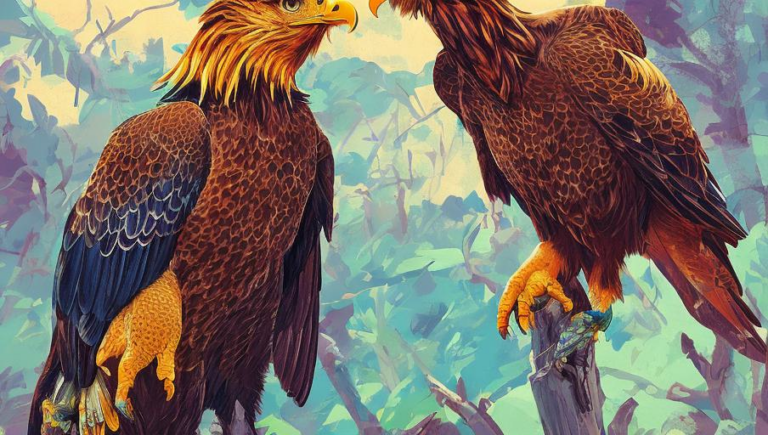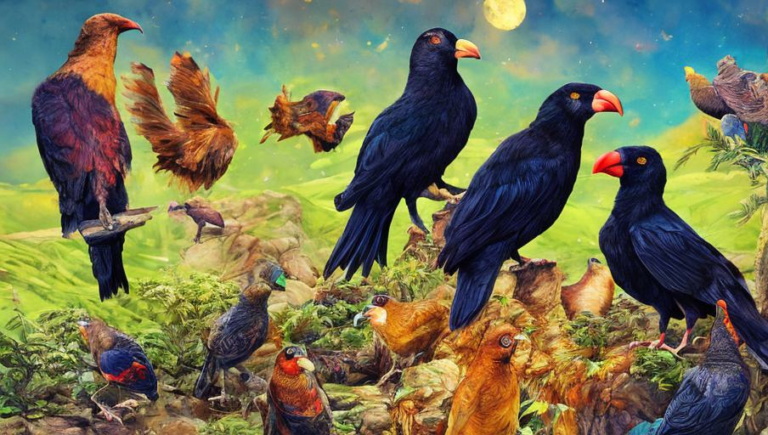Understanding Cranes: A Guide to Their Natural Habits

Introduction
Cranes are a type of large migratory bird found in many parts of the world. They are highly adaptable and can live in both wet and dry habitats. They feed mainly on small fish, insects, and plants. Cranes are a popular bird species and are often featured in art, literature, and mythology. Learning more about cranes and their natural habits can be a fascinating journey.
Habitat
Cranes can be found throughout the world in both wetlands and dry habitats. They are generally found in open fields, grasslands, wet meadows, and marshes. They are also found in forests, but they prefer to stay close to open areas. Cranes migrate seasonally and can fly great distances in search of food, water, and shelter.
Diet
Cranes feed mainly on small fish, insects, and plants. They will also eat other small animals, such as frogs, snakes, and rodents. Additionally, they may eat grains, fruits, and other vegetation. Cranes will also scavenge for food if necessary.
Behavior
Cranes are social birds and often live in large groups. They communicate with each other by making loud calls, which can be heard from a great distance. They are also very territorial and will defend their nesting grounds and food sources. Cranes are also highly active and can be seen foraging for food or playing in the water.
Reproduction
Cranes mate for life and typically remain in a long-term monogamous pair-bond. The female lays two eggs and both parents will take turns incubating them. The young hatch after about a month and the parents will care for them until they can fly, which can take up to two months. Cranes reach sexual maturity after several years.
Conservation
Cranes are threatened by habitat destruction and hunting. Their populations are declining due to these threats, as well as pollution and other human activities. In order to protect them, conservation efforts are necessary. These include protecting their habitats, limiting hunting, and providing food and water sources for them. By understanding cranes and their natural habits, we can help ensure their survival.





